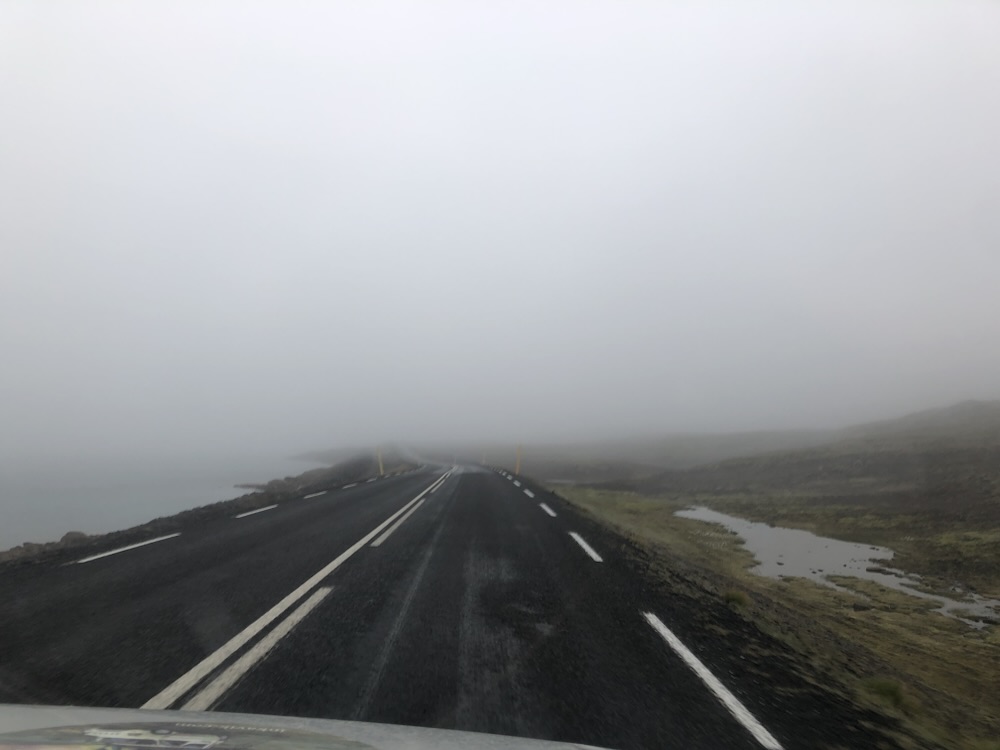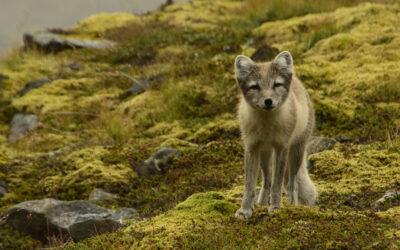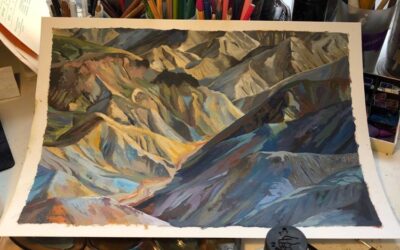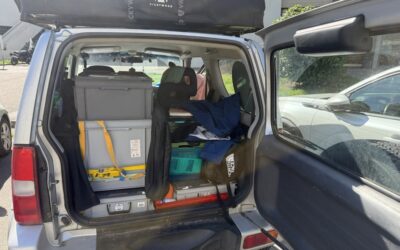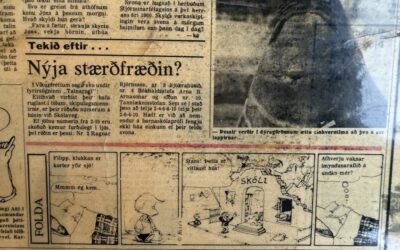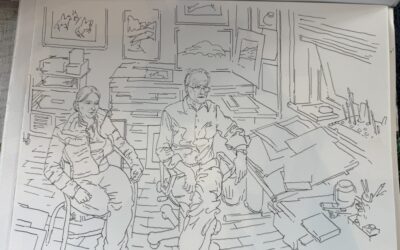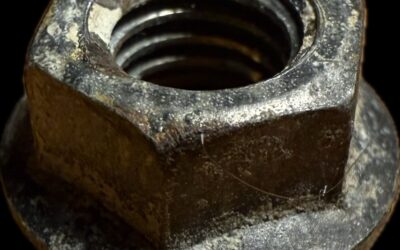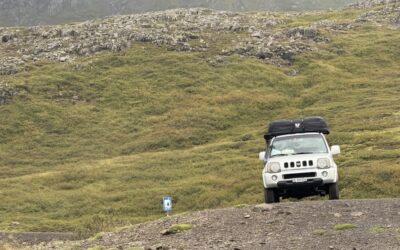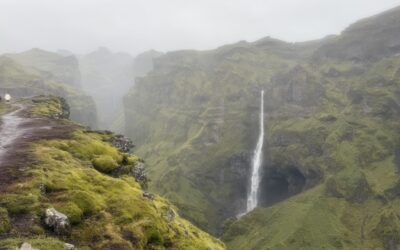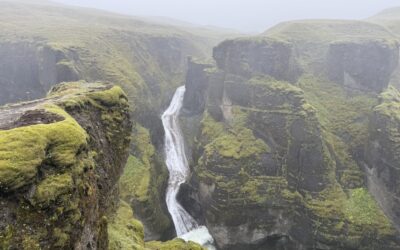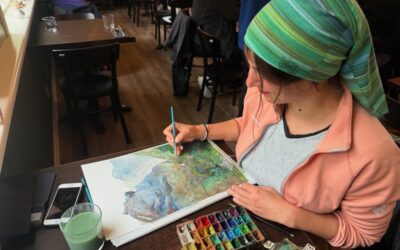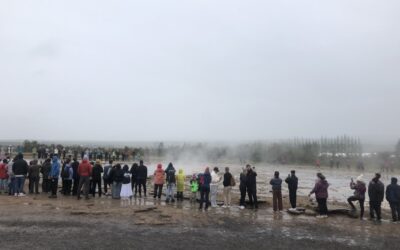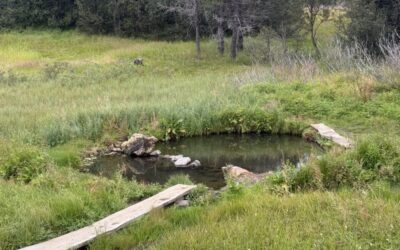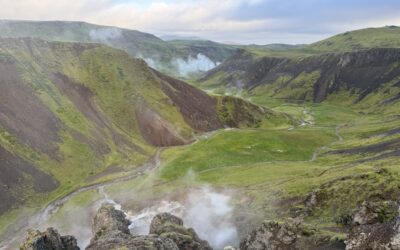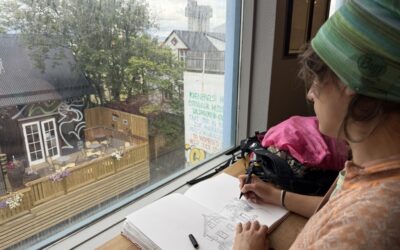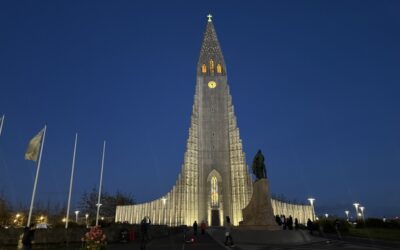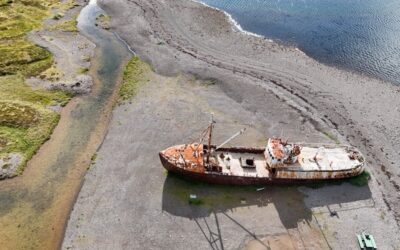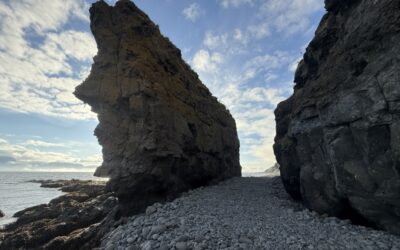📍 ///eeriness.dispensed.elders
The ferry casts off, and we're off: Jimny and I are on board. Apart from the belt, which started whistling again this morning, nothing to report. The brakes work well, and especially they release correctly when asked. The drive to the pass leading to Seyðisfjörður was uneventful, despite fog so dense you could almost touch it.
21 days spent in Iceland, accumulated over three trips: in total, 9 weeks on this magnificent, but oh-so-unpredictable island. From a weather point of view, it was probably the worst year I've experienced: only 4 days of good weather compared to at least 8 days of rain and 4 to 5 days of very strong wind. It's difficult for Gabrielle to draw as planned—pencils, pens, paint, and damp wind clearly don't mix well. And let's not forget the cold, a faithful friend that numbs fingers, breath, and motivation.
We opted for a rooftop tent, a real luxury, but with a downside: it offers much better wind resistance than a traditional trekking tent. As for the annex, it wasn't as useful as I'd hoped: setting up and taking down it is time-consuming and impractical for daily travel. It only really becomes useful when you're staying two nights or more—it then provides a large, dry space, welcome in case of rain or moderate wind.
Hornstrandir remained a demanding first approach—physical and mental preparation, equipment (tent, food, clothing, orientation). A necessary introduction, but a return is definitely necessary.
Is bringing your own car environmentally friendly or cost-effective? I'm still not convinced. The odometer already showed 2,200 km in Ísafjörður: at 8 L/100 km, that's around 176 liters consumed. Even excluding a few trips to the Faroe Islands or Denmark, that's still a lot. Budget-wise, the question also arises: in the event of a breakdown, you're practically on your own. Choosing the Suzuki Jimny represents a compromise: reasonable price, the ability to take trains and ferries without blowing your budget, and sufficient capacity to cover a large part of Iceland. But some areas remain inaccessible. Where other, more robust vehicles would allow everything, the costs quickly escalate. In 2016, no river prevented us from traveling with the same model (without a roof tent), which reminds us how much climate and glacial melt can alter an itinerary.
The highlands deserve a thousand times more time, but the weather decides. We quickly found ourselves stuck in isolated places, without network or regular passage—hence the importance of traveling in two vehicles for greater safety. The Golden Circle is magnificent, but does not reflect the raw Iceland that I like to discover off the beaten track. For me, it is the West, North, or East Fjords, and especially the highlands, that truly embody the wild nature that I experienced in 2008 and 2016.
In two days, we'll be back in Denmark, beginning our return journey to Switzerland and France. Future posts will be more sparse and focused on the project's progress and the upcoming publication of the travel diary.
Thank you to everyone who followed us to the land of puffins, thieving arctic foxes, elves and trolls.
See you soon !
#Inkavik #Routbook 1TP5WildIceland #FerryLife 1TP5Expedition #JimnyTrip #RainAndWind #HumanJourney #ResponsibleTravel #ToyismIceland #TustainableTourism #ToyrWithYourCar

